Canon EOS 40D
-
-
Written by Gordon Laing
Canon EOS 40D vs Nikon D80 vs Canon EOS 5D real-life noise
Canon EOS 40D real-life noise: High ISO NR off and onThe Canon EOS 40D offers High ISO Noise Reduction, which according to the manual is actually applied at all sensitivities. To measure the impact of this, we re-shot the same scene moments later at all sensitivities, but this time with High ISO Noise Reduction enabled. We’ve pictured crops below in the left column without NR (the default setting) and in the right column with NR applied. It’s certainly subtle with this composition, but some differences can be seen in shadow areas, like the right wall of the green-roofed house. Chroma noise is arguably a little lower with Noise Reduction applied at the higher sensitivities, subtly at 800 ISO but more noticeably at 1600 and 3200 ISO. If you shoot compositions with a lot of shadow detail at very high sensitivities, there could be some benefit to applying the Noise Reduction, but from these examples it’s not like night and day. Now let’s have a look at some more real-life examples including several low-light indoor compositions in our Canon EOS 40D sample images gallery. |
Canon EOS 40D High ISO NR off (default) |
Canon EOS 40D High ISO NR on | |
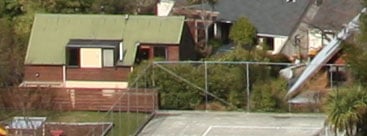 |
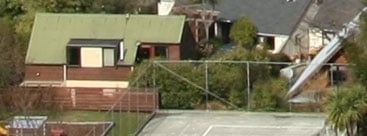 | |
100 ISO |
100 ISO | |
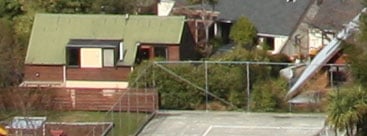 |
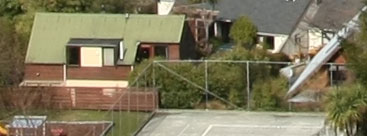 | |
200 ISO |
200 ISO | |
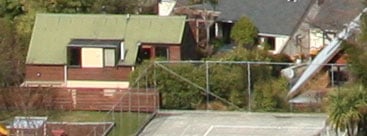 |
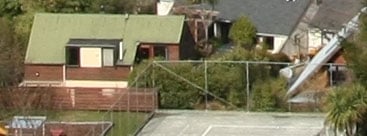 | |
400 ISO |
400 ISO | |
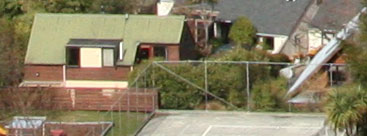 |
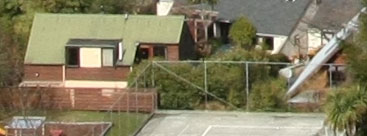 | |
800 ISO |
800 ISO | |
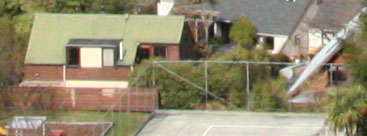 |
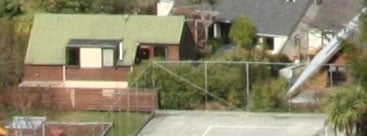 | |
1600 ISO |
1600 ISO | |
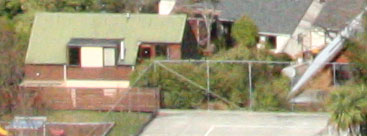 |
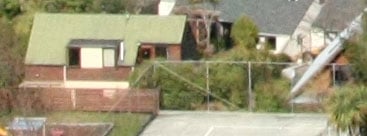 | |
HI (3200 ISO) |
HI (3200 ISO) |
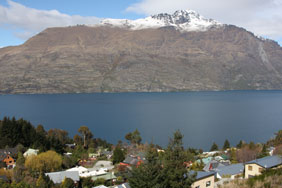
|
To compare noise levels under real-life conditions we shot this scene with the Canon EOS 40D, Nikon D80 and Canon EOS 5D within a few moments of each other using each of their ISO settings. We tested each Canon body with the EF 24-105mm, adjusted to deliver the same field of view. The Nikon D80 was tested with the DX 18-135mm, again adjusted to match. The aperture was f8 for each camera. The 40D’s High ISO NR was set to the default OFF for this first set of results. |
The image above was taken with the Canon EOS 40D at 28mm f8 and the original Large Fine JPEG measured 4.01MB. The crops are taken from an area just below and to the left of the centre.
The Canon EOS 40D stands up well against the Nikon D80 in terms of noise when both are using their default image settings and best-quality JPEG modes. Admittedly we tested the 40D here using a much higher-end lens than the Nikkor DX 18-135mm on the D80, but we’ve avoided the outer areas of the frame and are comparing noise levels here. We’ll repeat these tests in the future with lenses which are a better match, but for now regardless of optics, we’d say the 40D holds it together better at higher sensitivities than the D80. It has a definite edge at 400 ISO upwards.
The more interesting – and optically fair – comparison is against the Canon EOS 5D, equipped here with exactly the same lens as the 40D, albeit zoomed-in to deliver the same field of view. At first glance, the EOS 5D appears to deliver far superior results across its entire range, but as we’ve seen throughout this review, the 5D’s default output is sharper than the 40D, regardless of its resolution.
If you apply additional sharpening to the 40D crops, you’ll notice the results are much closer to the 5D samples. That said, the 5D is resolving slightly greater detail and showing lower noise levels above 400 ISO. So while the 40D may beat the 5D in almost every other feature, the latter’s 12.8 Megapixel full-frame sensor still has the edge both in terms of ultimate resolution and noise levels. Crank up the 40D’s sharpening by a notch or shoot in RAW though and the differences under normal conditions at lower sensitivities can become quite subtle.
Note all three cameras were set to f8 in Aperture Priority mode and in this test we used their automatically metered exposures without compensation; the Canon’s were set to evaluative and the Nikon to matrix metering. At 100 ISO, the EOS 40D metered 1/250 at f8, while the D80 and EOS 5D metered 1/200 just moments later. As we doubled the ISO each time, the shutter speeds on each camera became twice as fast, so the D80 and EOS 5D remained one third of a stop behind in terms of their metered values. Interestingly the results below reveal the EOS 40D’s crops becoming gradually brighter at higher sensitivities, compared to the EOS 5D which maintains a more consistent brightness across its ISO range. It can be deceiving at first glance, so feel free to save some of the crops to your computer and check their brightness using an eye-dropper tool. While this increasing brightness on the EOS 40D could be interpreted as greater actual sensitivity at higher ISOs, it could equally be a sensor artefact or the effect of image processing. Either way, the EOS 5D captured more detail at the highest ISOs to deliver the preferred result in this test.
The Canon EOS 40D offers High ISO Noise Reduction, which according to the manual is actually applied at all sensitivities. To measure the impact of this, we re-shot the same scene moments later at all sensitivities, but this time with High ISO Noise Reduction enabled. Scroll down to the bottom of this page to see these results. To see more real-life images taken with the 40D across its entire sensitivity range, check out our EOS 40D Sample Images page.
Canon EOS 40D High ISO NR off (default) |
Nikon D80 High ISO NR: Normal (default) |
Canon EOS 5D | ||
 |
 |
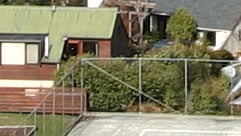 | ||
50 ISO not available |
50 ISO not available |
50 ISO | ||
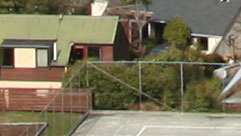 |
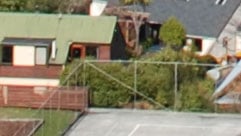 |
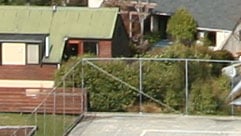 | ||
100 ISO |
100 ISO |
100 ISO | ||
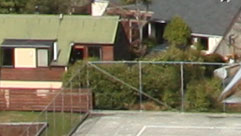 |
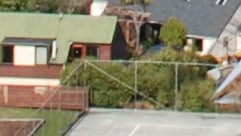 |
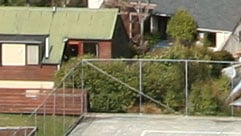 | ||
200 ISO |
200 ISO |
200 ISO | ||
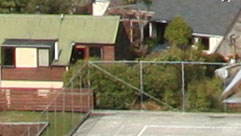 |
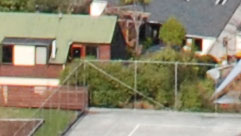 |
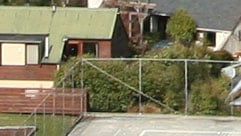 | ||
400 ISO |
400 ISO |
400 ISO | ||
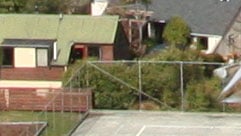 |
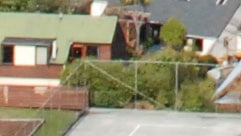 |
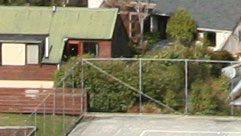 | ||
800 ISO |
800 ISO |
800 ISO | ||
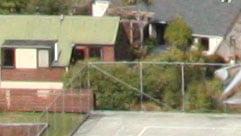 |
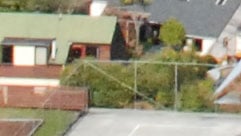 |
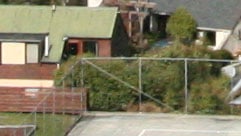 | ||
1600 ISO |
1600 ISO |
1600 ISO | ||
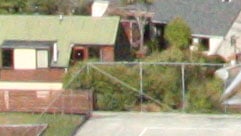 |
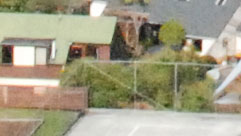 |
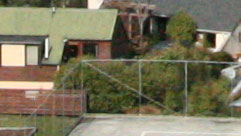 | ||
HI (3200 ISO) |
H1.0 (3200 ISO) |
HI (3200 ISO) |





